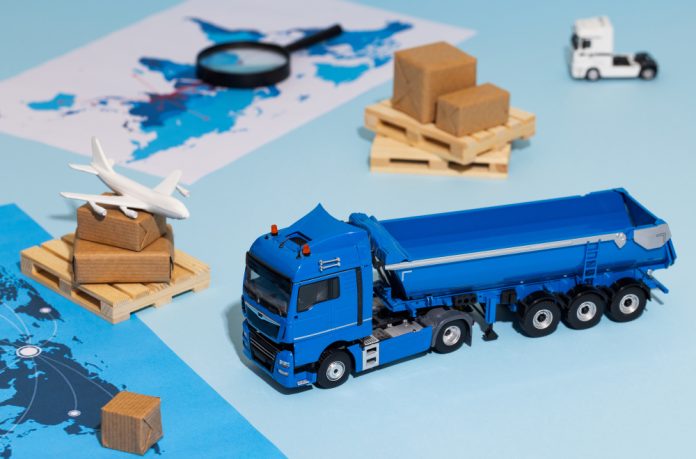The COVID-19 pandemic, followed by geopolitical tensions, container shortages, and port congestions, has disrupted global supply chains like never before. Indian exporters—especially small and mid-sized enterprises—have felt the brunt of these disruptions through delays, rising freight costs, raw material shortages, and unfulfilled contracts.
In this volatile climate, resilience is the new benchmark for export success. Indian businesses are now rethinking their logistics, sourcing models, and technology investments to not just survive—but thrive—amid uncertainty.
With active support from the Federation of Indian Export Organizations (FIEO) and the CII Export Promotion Council, exporters are finding new tools, partnerships, and policies to strengthen their global delivery systems and customer trust.
Understanding the Disruption: What’s Changed?
Before resilience can be built, the problem must be understood. The last few years have seen:
- Global shipping delays due to lockdowns, port congestion, and vessel backlogs.
- Skyrocketing container rates, especially on major routes to the US and Europe.
- Dependence on single-source suppliers, particularly from China, exposing vulnerabilities.
- Sudden regulatory shifts, such as Brexit and new customs rules in the EU.
These challenges have revealed how brittle global supply chains can be—and how urgently exporters need to adapt.
How Indian Exporters Are Responding
Forward-thinking exporters are now shifting from “just-in-time” to “just-in-case” supply models, and from dependency to diversification. Here’s how:
1. Supplier Diversification
Exporters are identifying alternative suppliers from within India and friendly nations like Vietnam, Indonesia, and Mexico to de-risk procurement.
2. Inventory Buffering
Some businesses are increasing inventory reserves of critical materials or finished goods to cushion against unexpected delays.
3. Nearshoring and Local Sourcing
Companies are investing in local production capabilities, especially for value-added components, to reduce reliance on cross-border shipments.
4. Flexible Logistics Strategies
Firms are using multiple ports, mixed transport modes (rail-road-sea), and parallel freight carriers to maintain delivery commitments.
5. Digital Supply Chain Tools
Advanced software solutions are helping exporters monitor shipments, assess risks, and make data-driven decisions in real time.
FIEO’s Support in Navigating Disruptions
FIEO has launched multiple initiatives to support exporters facing logistical and supply chain hurdles:
- Real-time logistics bulletins and freight market updates
- Webinars and training sessions on alternate market logistics planning
- Digital tools and platforms to track global trade routes and costs
- Assistance in resolving customs and clearance delays
FIEO has also worked closely with government bodies to advocate for relief in shipping charges, faster clearance protocols, and priority cargo handling for essential exporters.
CII’s Supply Chain Resilience Framework
The CII Export Promotion Council has taken a long-term view, helping companies rethink structural weaknesses through:
- Supply Chain Resilience Audits, allowing exporters to pinpoint and fix weak links
- Promotion of digitally integrated warehousing and logistics networks
- Support in identifying regional logistics hubs and free trade warehousing zones (FTWZs)
- Partnerships with international trade bodies to co-develop disaster-proof logistics pathways
CII also encourages export firms to adopt circular supply chains, which prioritize reuse and recycling, reducing dependency on scarce or volatile inputs.
Conclusion
Global disruptions are not going away—but exporters who build resilience will find themselves in a stronger position when the next crisis hits. Resilience is not just about hardening systems; it’s about flexibility, visibility, and agility.
With robust support from FIEO and CII, Indian exporters are learning to diversify smartly, digitize wisely, and deliver reliably. In the evolving trade environment, those who invest in resilience today will be tomorrow’s market leaders.









